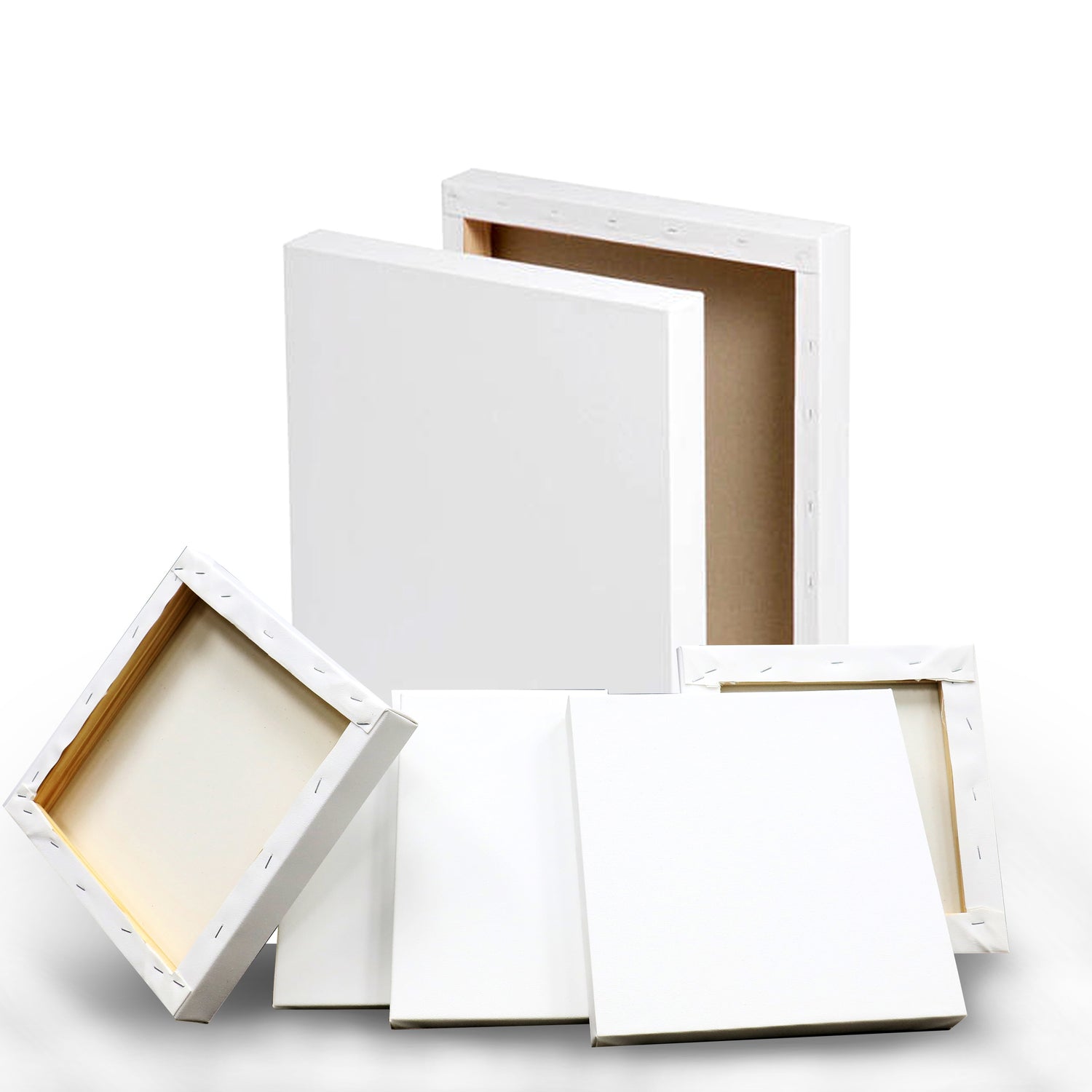
As artists, cleaning your paint brushes might not be the most exciting part of painting, but it’s essential if you want them to last long and perform well. Whether you're painting with oil, acrylic, or watercolor, here’s a simple guide to help you clean your brushes properly to save money and make them last longer.
Cleaning Oil Paint Brushes
Oil paint won’t come off with water alone, since they are not water soluble. You'll need solvent or oil to break them down. Here’s how to clean oil brushes without damaging them:
- Wipe off excess paint with a paper towel or rag.
- Rinse in solvent or oil. Use turpentine, mineral spirits, or linseed oil to remove leftover paint. Swirl and wipe until the color stops coming off.
- Wash with soap and warm water. Gently lather the bristles with soap, working from the ferrule (Metal part) to the tip.
- Reshape and dry flat. Don’t store the brush bristle-side up while wet. This traps moisture and damages the handle.
Tips for cleaning oil brushes:
- Avoid long soaks in solvent (it weakens glue inside the ferrule).
- Use conditioning soap to keep bristles soft.
- Rotate multiple brushes while painting to reduce wear.
- Store dry brushes flat or upright (once fully dry).
New to oil paint? Check our our beginner tips for painting with oil
Cleaning Acrylic Paint Brushes
Acrylics dry fast.. sometimes too fast. You don't want acrylic paint drying in your brush as it can turn into a plasticky substance that ruins bristles. The good news is that fresh acrylic paint rinses out easily with water. Here's how to clean your acrylic brushes for best results:
- Rinse immediately after use. Swish the brush in water and wipe off paint between strokes.
- Wash with soap and water. Use a brush cleaner if needed to remove stubborn paint near the ferrule.
- Rinse thoroughly and reshape. Lay flat to dry.
Tips for cleaning acrylic brushes:
- Never let acrylic paint dry on your brush, it turns into plastic.
- Avoid soaking in water for long periods or overnight. The bristles can bend or deform from being pressed on the bottom of the jar.
- Synthetic bristles hold up better than natural ones with acrylics. They resist the paints high alkalinity and are a lot easier to clean.
Cleaning Watercolor Brushes
Watercolor is the easiest to clean as you'll be using mostly water. But the brushes are often made of soft natural hair that can be easily damaged if treated roughly. The focus here is on careful, thorough rinsing and gentle handling:
- Rinse thoroughly in clean water. Swish the brush until the water runs mostly clear.
- Use soap only if needed for staining pigments. Mild soap works, just rinse thoroughly.
- Blot, reshape, and lay flat to dry. Avoid upright drying to prevent water damage. Once dry you can fluff the bristles gently to make sure they haven't stuck together. Then store to dry.
Tips for watercolor brushes:
- Don’t over clean your brush with soap or It can dry out natural hairs and strip them of their oils and elasticity.
- Some staining is normal and won’t affect performance.
- Store clean, dry brushes flat or upright with the bristles protected.
Taking care of your brushes doesn’t take long, and it makes a world of difference when painting on your artist canvas. Clean them after every session, reshape the bristles, and always dry them flat. Whether you're using oils, acrylics, or watercolors, these simple habits will keep your brushes working like new. It only takes a few minute and can make a huge difference in your painting technique.


